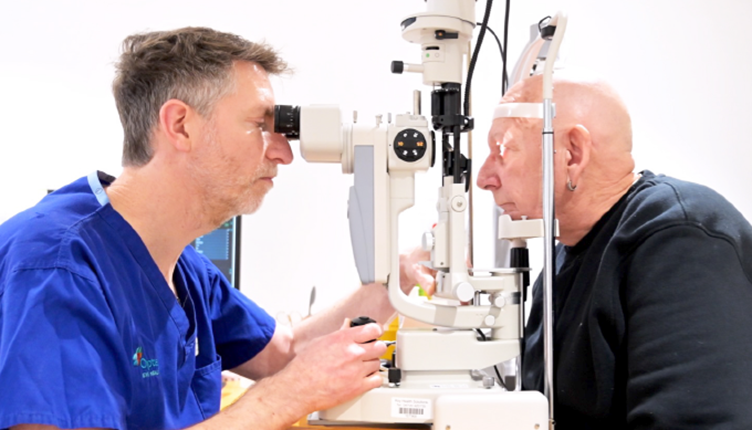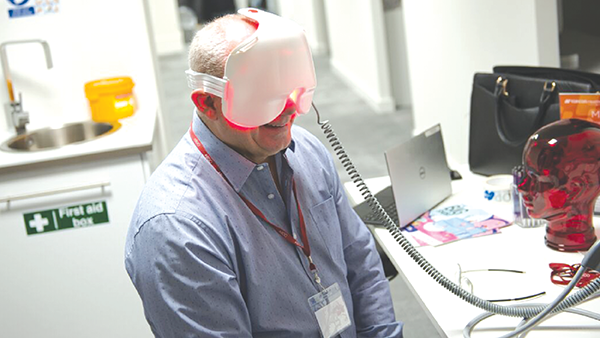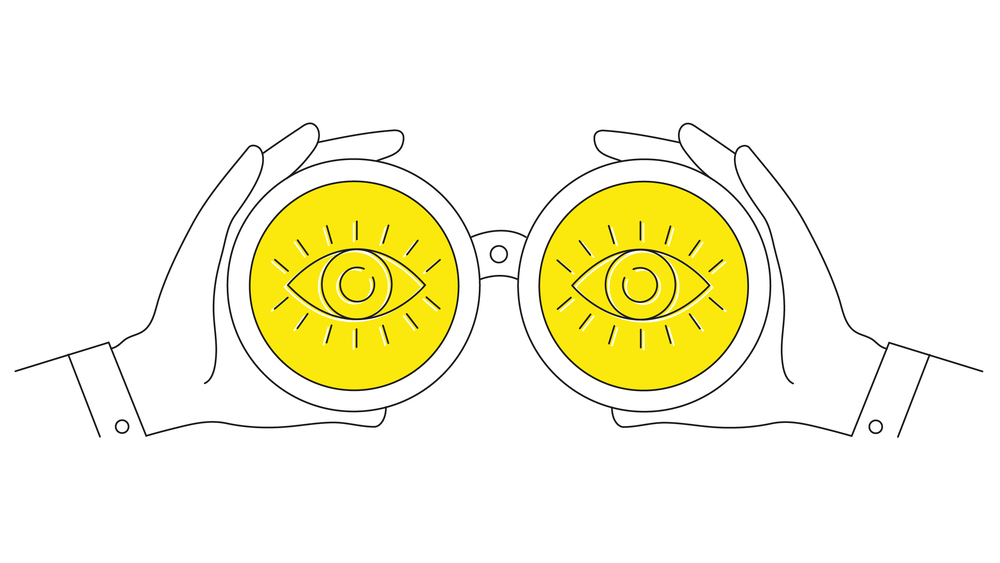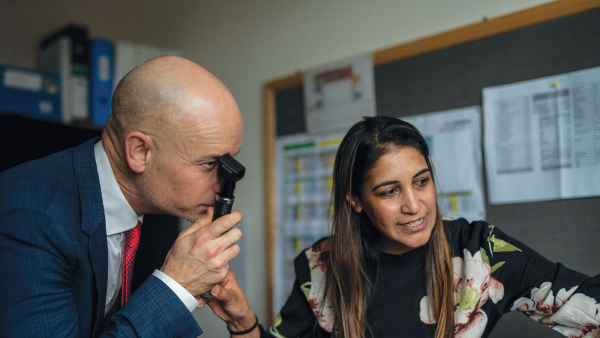What Google Trends Data Can Teach You About Myopia
Assessing changes in public interest in myopic progression online
Myopia is one of the leading causes of visual impairment worldwide. It affects an estimated 30 percent of the population, and, by 2050, is predicted to increase an additional 20 percent. While refractive errors can be addressed with optical correction, a worrying trend is the rise of high myopia (i.e. myopia greater than -5.00 diopters), which increases the risk of complications like retinal detachment, glaucoma, cataracts, and myopic macular degeneration, and can lead to blindness.
The condition, too, is affecting younger age groups and progressing to a higher severity than before, due not only to genetic predispositions, but also changes in global evolutionary behaviors such as increased near work, urbanization, and decreased time spent outdoors. During COVID-19, for example, virtual learning skyrocketed and myopic progression became statistically higher than pre-pandemic levels.
“Previous research has examined practice patterns for myopia among pediatric ophthalmologists or evaluated the attitudes of caregivers on myopia development and control,” says Sugi Panneerselvam, Resident Physician, Bascom Palmer Eye Institute, Miami, US. “Although important, these surveys provide only a snapshot of attitudes at a given time; they are also subject to geographic and demographic biases and are limited to the responses of those filling out a survey evaluated by a pediatric ophthalmologist”
Instead, Panneerselvam and her team evaluated data from Google Trends (GT) to study public interest in myopia over time. This system provides insights into trends and search traffic over various geographic areas from 2004 to date. General trends can be cross-referenced with significant events, like FDA approvals and advertisement campaigns, to see how the public interacts with – and responds to – these influences by looking at the nuances of search volumes.
“We used keywords on GT to analyze trends in interest in myopia overall and in myopia treatments,” adds Panneerselvam. “Our study revealed that over the last ten years, most search terms about myopia have seen rises in public interest, as well as all of the major treatment options for myopia (atropine drops, orthokeratology, contact lenses, and glasses).” They also identified a positive correlation between these myopia interest search terms and those for each of the treatment categories over time.
Other search-trend influences included socioeconomic status and cultural factors relating to location, work and education. For example, the MiYOSMART lens was first available only in China and Hong Kong, with access later expanded across Europe; however, it is not FDA-approved for the US. “For this reason,” says Panneerselvam, “GT allows us to observe the largest search volumes to be in European countries and not within the US.”
Not all GT terms are reliable; therefore, users should be careful with keyword selection, and though Google is the most popular, it isn’t the only search engine available, notes Panneerselvam. “GT inevitably excludes searches done through other platforms. Additionally, GT data does not provide any information about the person performing the search, which can result in an aggregate data set of the general population, not specifically prospective patients.”
GT, ultimately, holds “enormous potential” for medical marketing and industry expansion based on real-time public interest, adds Panneerselvam. Research has shown GT’s correlation with certain treatments and procedural volumes over time and, moving forward, these trends could potentially be linked to future medical understanding.
The New Optometrist Newsletter
Permission Statement
By opting-in, you agree to receive email communications from The New Optometrist. You will stay up-to-date with optometry content, news, events and sponsors information.
You can view our privacy policy here
Most Popular
Sign up to The New Optometrist Updates
Permission Statement
By opting-in, you agree to receive email communications from The New Optometrist. You will stay up-to-date with optometry content, news, events and sponsors information.
You can view our privacy policy here
Sign up to The New Optometrist Updates
Permission Statement
By opting-in, you agree to receive email communications from The New Optometrist. You will stay up-to-date with optometry content, news, events and sponsors information.
You can view our privacy policy here









